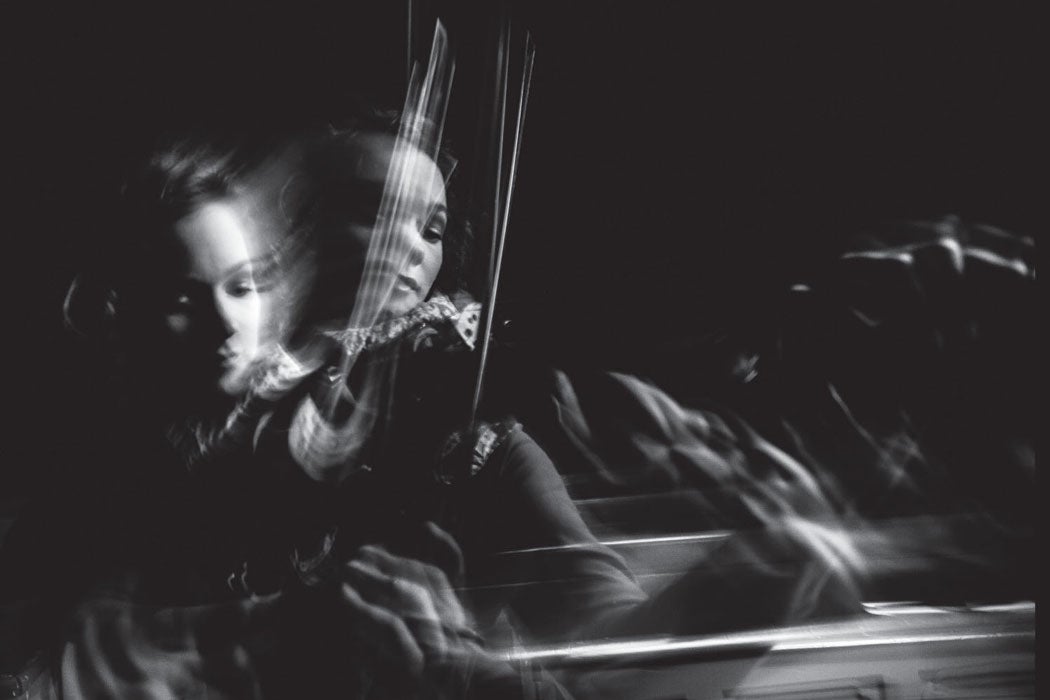
Violins don’t look dangerous. But looks can be deceptive.
A violin virtuoso is a combination acrobat, an athlete, and a contortionist. If you’re a dedicated player, the odds of injury are actually quite high. According to statistics, up to 75% of professional violinists are sidelined at some point during their careers.
Recently, two top violin soloists returned to the stage following involuntary hiatuses resulting from playing-related injury. On Thanksgiving weekend, 35-year-old American violinist Hilary Hahn performed the Korngold Violin Concerto with the New York Philharmonic following a 4-month absence due to a strained muscle.
In the case of legendary South Korean-born soloist Kyung Wha Chung, it was a botched cortisone injection that resulted in devastating damage to a finger joint. The original trauma, which had been caused by turning her instrument’s tuning pegs, was thus eclipsed by its cure. After 10 years of forced early retirement, Chung is back. This week she performs a formidable recital, including Bach’s Chaconne in D minor and the Franck sonata, at London’s Southbank Center.
There’s a serious of risk of being hurt while playing a musical instrument even before going pro. A quarter of all music students suffer from playing-related injuries, many of which can be avoided with prevention strategies.
Teachers can be instrumental in instilling the practice habits, postures, and techniques that can help to sustain students through a lifetime of music enjoyment.—Christine Guptill and Christine Zaza
In their 2010 article on injury prevention for musicians, Christine Guptill and Christine Zaza outline preventive strategies that music teachers can use to ward off injuries caused by muscle overuse, excessive tension, and poor posture, and discuss what to do when an injury occurs.







